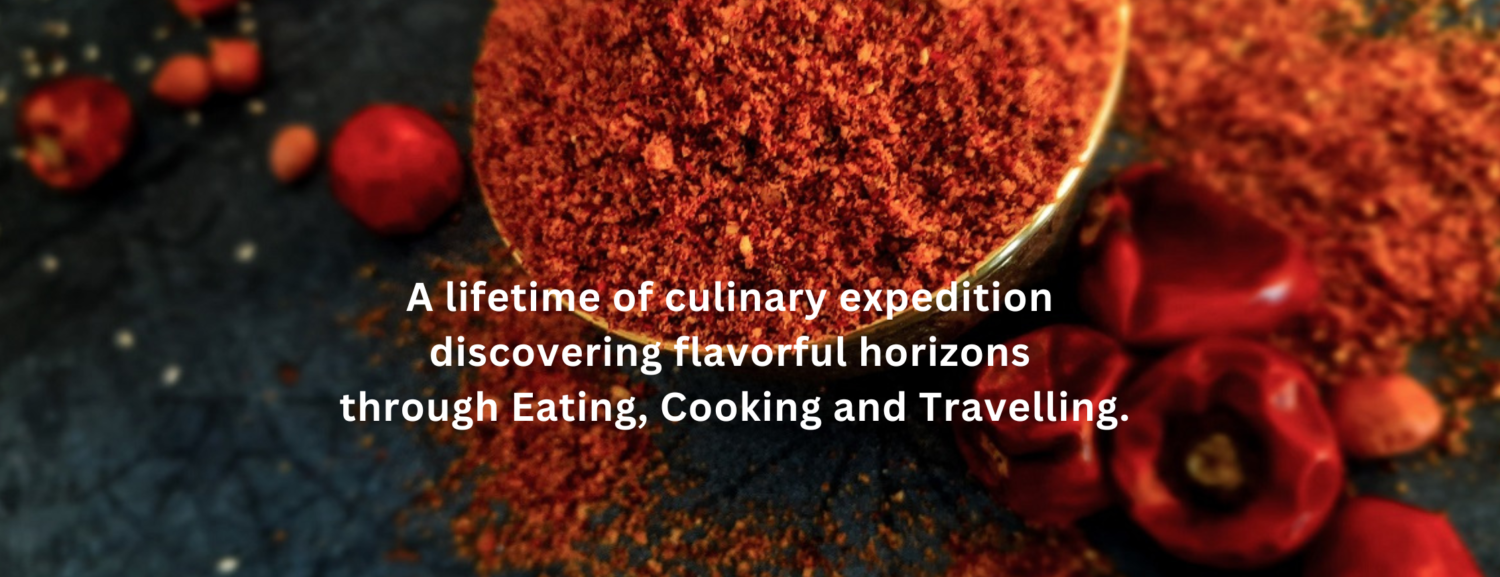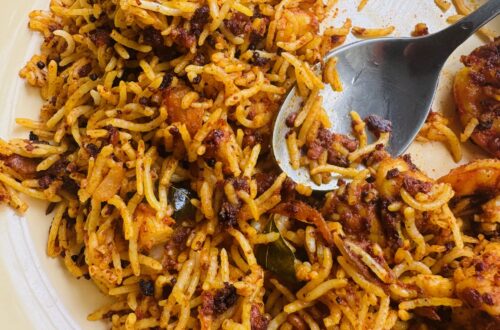
FOOD COLORING WITH CARE
Many Indian restaurants frequently use artificial food coloring, especially yellow, orange, and red, to create visually appealing presentations that attract customers. While these additives can provide immediate allure, their excessive use presents significant health risks.
The use of bright colors in Indian cuisine extends beyond aesthetics; it is deeply entrenched in cultural practices and traditions. Colors such as yellow, orange, vermillion, and saffron are often associated with specific festivals, rituals, and occasions. These vibrant hues symbolize joy, prosperity, and celebration, making them ideal for special dishes served during important events.
Additionally, certain colors are linked to flavors, aiding diners in their expectations. For instance, a vibrant yellow may indicate turmeric, while a bright red often suggests the richness of spices like chili. Indian cuisine’s diversity allows for regional variations that utilize color to denote specific styles or ingredients, making brightly colored foods not just appealing, but also integral to the dining experience, especially in buffet-style settings.
𝐇𝐨𝐰𝐞𝐯𝐞𝐫, 𝐭𝐡𝐞 𝐩𝐫𝐢𝐦𝐚𝐫𝐲 𝐝𝐢𝐬𝐚𝐝𝐯𝐚𝐧𝐭𝐚𝐠𝐞 𝐨𝐟 𝐚𝐫𝐭𝐢𝐟𝐢𝐜𝐢𝐚𝐥 𝐜𝐨𝐥𝐨𝐫𝐢𝐧𝐠𝐬 𝐢𝐬 𝐭𝐡𝐞 𝐫𝐢𝐬𝐤 𝐨𝐟 𝐚𝐥𝐥𝐞𝐫𝐠𝐢𝐜 𝐫𝐞𝐚𝐜𝐭𝐢𝐨𝐧𝐬 𝐚𝐧𝐝 𝐬𝐞𝐧𝐬𝐢𝐭𝐢𝐯𝐢𝐭𝐢𝐞𝐬, 𝐰𝐡𝐢𝐜𝐡 𝐜𝐚𝐧 𝐥𝐞𝐚𝐝 𝐭𝐨 𝐦𝐢𝐥𝐝 𝐢𝐫𝐫𝐢𝐭𝐚𝐭𝐢𝐨𝐧𝐬 𝐨𝐫 𝐬𝐞𝐯𝐞𝐫𝐞 𝐡𝐞𝐚𝐥𝐭𝐡 𝐜𝐨𝐦𝐩𝐥𝐢𝐜𝐚𝐭𝐢𝐨𝐧𝐬. 𝐒𝐨𝐦𝐞 𝐚𝐫𝐭𝐢𝐟𝐢𝐜𝐢𝐚𝐥 𝐜𝐨𝐥𝐨𝐫𝐬 𝐡𝐚𝐯𝐞 𝐞𝐯𝐞𝐧 𝐛𝐞𝐞𝐧 𝐚𝐬𝐬𝐨𝐜𝐢𝐚𝐭𝐞𝐝 𝐰𝐢𝐭𝐡 𝐡𝐲𝐩𝐞𝐫𝐚𝐜𝐭𝐢𝐯𝐢𝐭𝐲 𝐢𝐧 𝐜𝐡𝐢𝐥𝐝𝐫𝐞𝐧 𝐚𝐧𝐝 𝐩𝐨𝐭𝐞𝐧𝐭𝐢𝐚𝐥𝐥𝐲 𝐡𝐚𝐫𝐦𝐟𝐮𝐥 𝐥𝐨𝐧𝐠-𝐭𝐞𝐫𝐦 𝐡𝐞𝐚𝐥𝐭𝐡 𝐞𝐟𝐟𝐞𝐜𝐭𝐬.
To ensure healthier outcomes, restaurateurs, chefs, and homemakers are encouraged to embrace natural coloring alternatives. Ingredients like turmeric, saffron, annatto, and beetroot juice not only enhance visual appeal but also provide nutritional benefits. By opting for these natural agents, they can create beautiful dishes that are both healthy and culturally rich.
#chefdevagisanmugam #devagisanmugam #foodcoloring #additives #Indiancuisine #naturalcolors #healthyeating #colorfulfood #culinarytradition #culinaryeducation #vibrantdishes #saffromagic #turmericlove #foodwithintegrity






